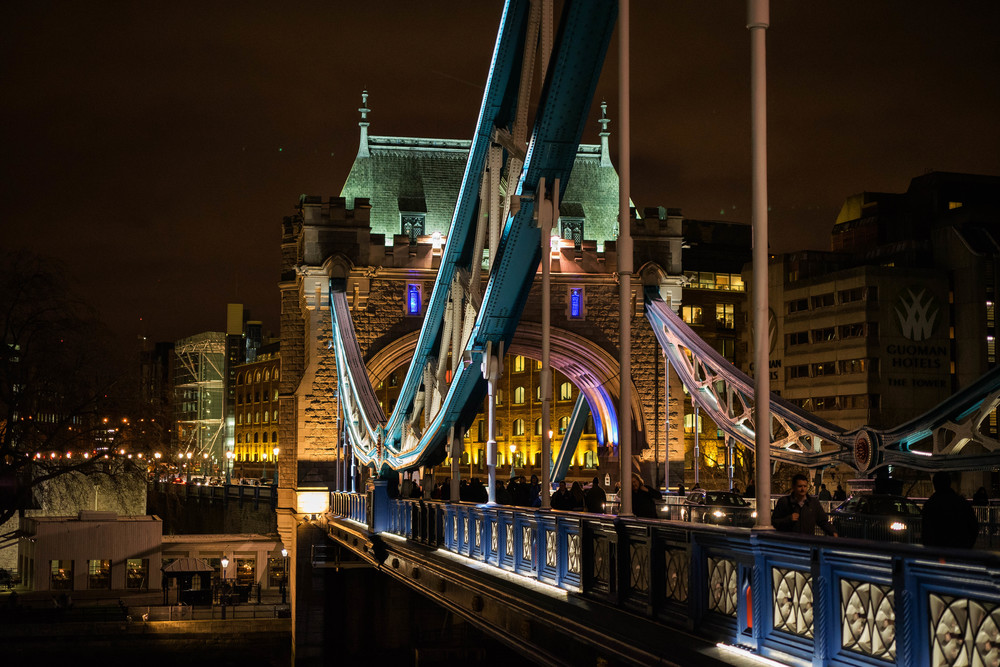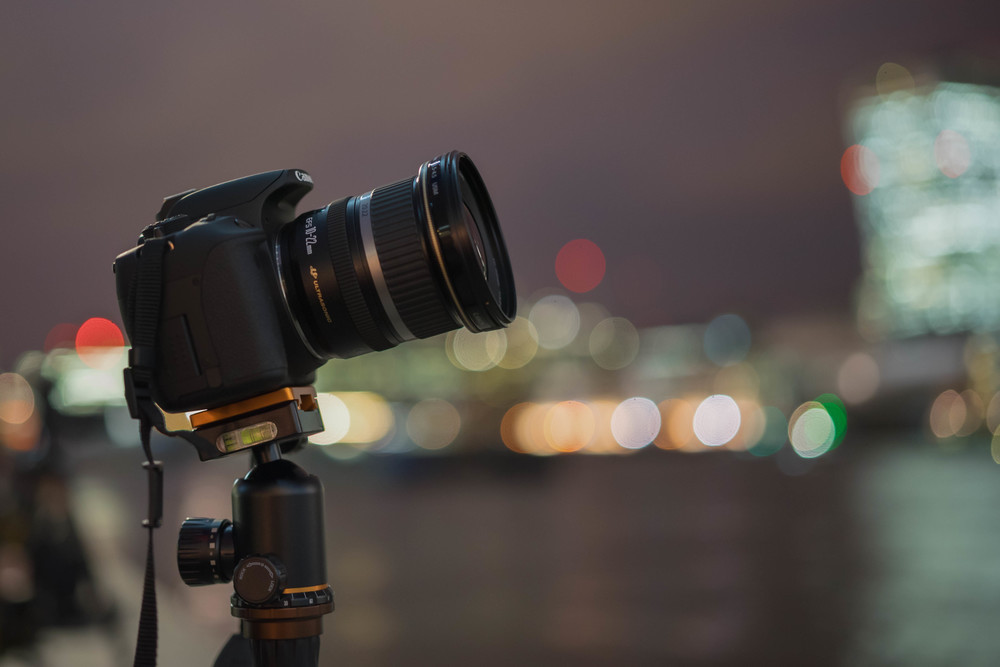
When the Sony a7 Mark II arrived three months ago there was an immediate spark of interest among owners of manual lenses, in particular among Leica fans who fancied a second body to supplement their M9 or M. Many had tried the previous year’s a7r and found it wanting in terms of noise and stability. The loud shutter also caused body vibration and added to the problems of shooting with longer manual primes. Now, the a7II, with its five-axis stabilisation, more substantial built and larger grip, promises to answer those criticisms and, at last, offer something unique for the manual lens owner.
Right from the off, I heard from one dealer who stocks both Sony and Leica that the Mark II was in strong demand from his Leica customers. He was even having trouble sourcing suitable M adapters to meet demand. I recommended the well-made and precise Novoflex but all models were then in short supply. Unlike Fuji, Sony does not make its own M-mount adapter.
Over the past couple of months I have been trying the a7II and Novoflex adapter with a range of Leica glass and I can confirm that the stabilisation does work. Sony claim it can add 4.5 stops of stability. I’m told that when used in conjunction with non-Sony lenses, stabilisation is limited to three axes: But that is three better than nothing, as in the case of the original a7, a7r or a7s (or, for that matter, the Leica M). Strangely enough, this is one camera where I haven’t felt the need for a native automatic lens. I find it so easy to use M lenses and I have even experimented with an old Leica 28-70 R zoom to good effect. The downside, of course, is that the thick R adapter makes any R lens, not just the zooms, much longer and unwieldy.

Using any M-mount lens, manual focus is as good as it gets with an electronic viewfinder. I still prefer the mechanical rangefinder system in the Leica M but, for wider angles and telephoto (or for any zoom lens), the Sony’s EVF is far preferable to the ugly and out-dated EVF supplied as an accessory for the M. This is one very good reason why the Sony makes a good second body, if only to mount lenses wider than 28mm.
Fstoppers.com has just reviewed the A7II and author Ryan Mense mirrors my view: “One of my favorite treats with the Sony a7II is how well manual focusing with any lens is handled. Between focus peaking, focus assist, having the viewfinder display directly off the image sensor, and image stabilization, this is the camera you want if you love manual focus lenses.” He concludes:
If you’ve previously read over the camera specs for the Sony a7II and they intrigued you, but you’ve been holding off for whatever reason, I’m telling you that there is nothing to fear by purchasing the Sony a7II. The Sony a7II delivers a barrage of awesome features and terrific well-rounded performance that amateur and professional photographers will appreciate. Having image stabilization in conjunction with a full-frame sensor is something that excites you every time you go shoot because it gets to be used universally across your lens arsenal. The exterior body design is also the best yet from the Sony a7 series and will feel quite familiar to those who are hopping the fence from DSLR camera systems, albeit much smaller and lighter.


Hi Mike. I must say I’m seriously tempted by this body, combined with the Zeiss 35mm Loxia.
I think loads of people are tempted. However, I feel happy enough with the 35mm Summicron or (perhaps more to my taste these days) a fifty. The A7II is certainly a nice camera with just a few provisos–one being the awful menu system and the other being the lack of a button to switch between EVF and screen. I prefer to work in viewfinder mode (not least in order to eke out the poor battery life) but once you get stuck there the only way you can get back to the screen is to enter the menu system while squinting through the EVF. It’s very unsatisfactory and almost a deal breaker.
Blimey – that’s ridiculous! Contrast this with the configuration possibilities of the Ricoh GR.
The camera is very good so I wouldn’t rule it out on these grounds. It’s something you learn to live with. Yes, I agree the Ricoh is much better thought out. The sad thing is that Sony could have added the option to allow the monitor control to be assigned to a function button but have done nothing in a year (contrast with Fuji). I don’t think there has been a single firmware update from Sony.